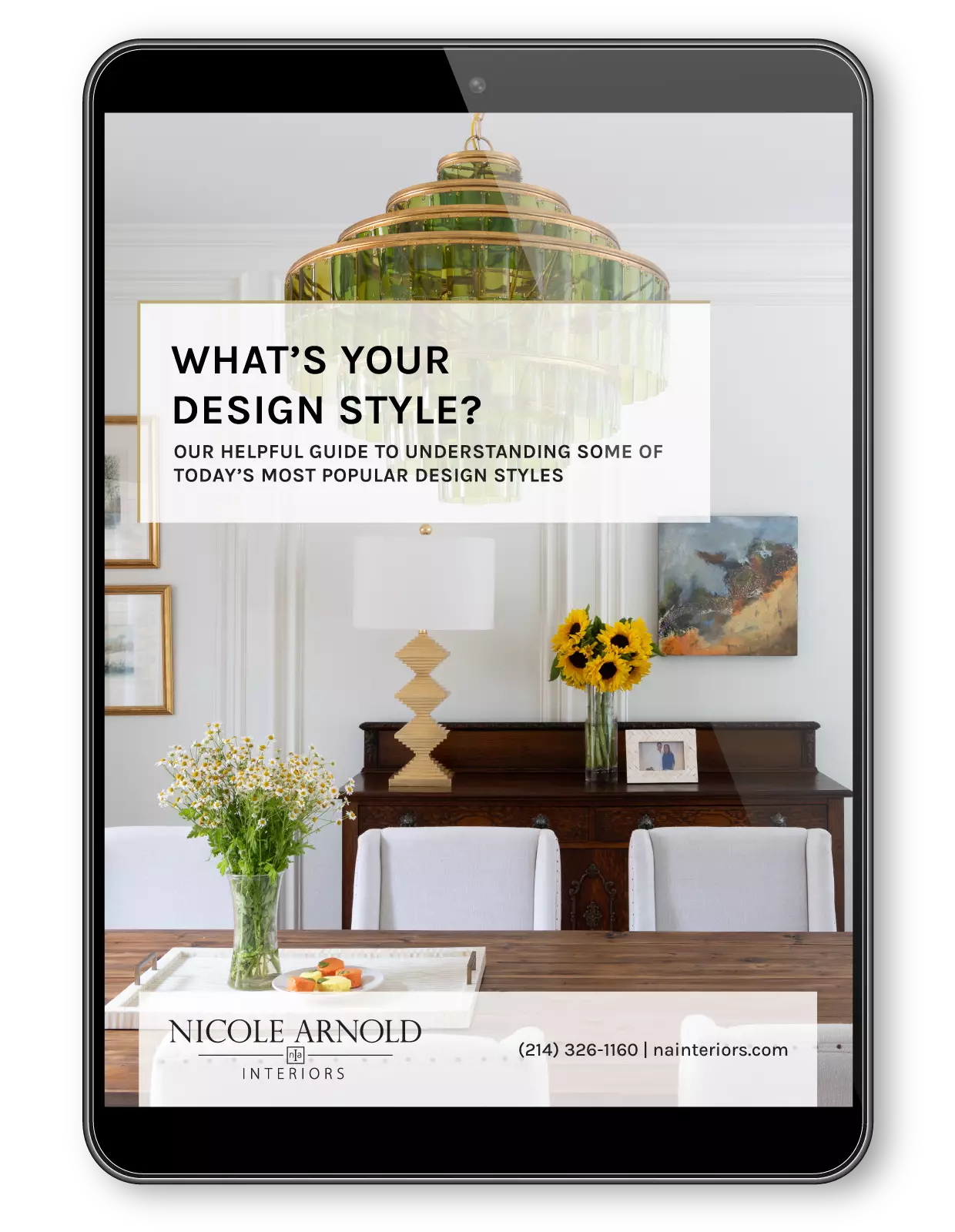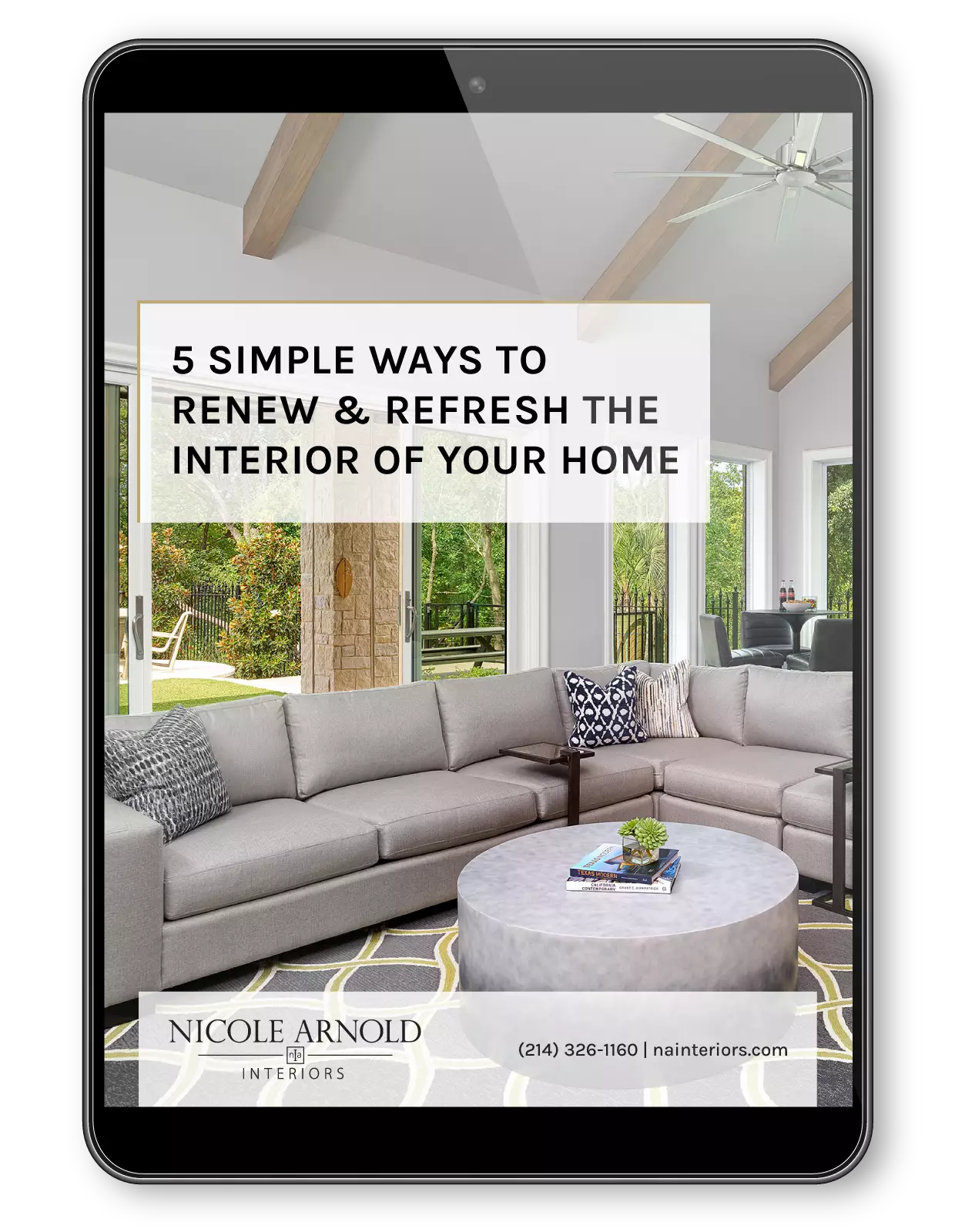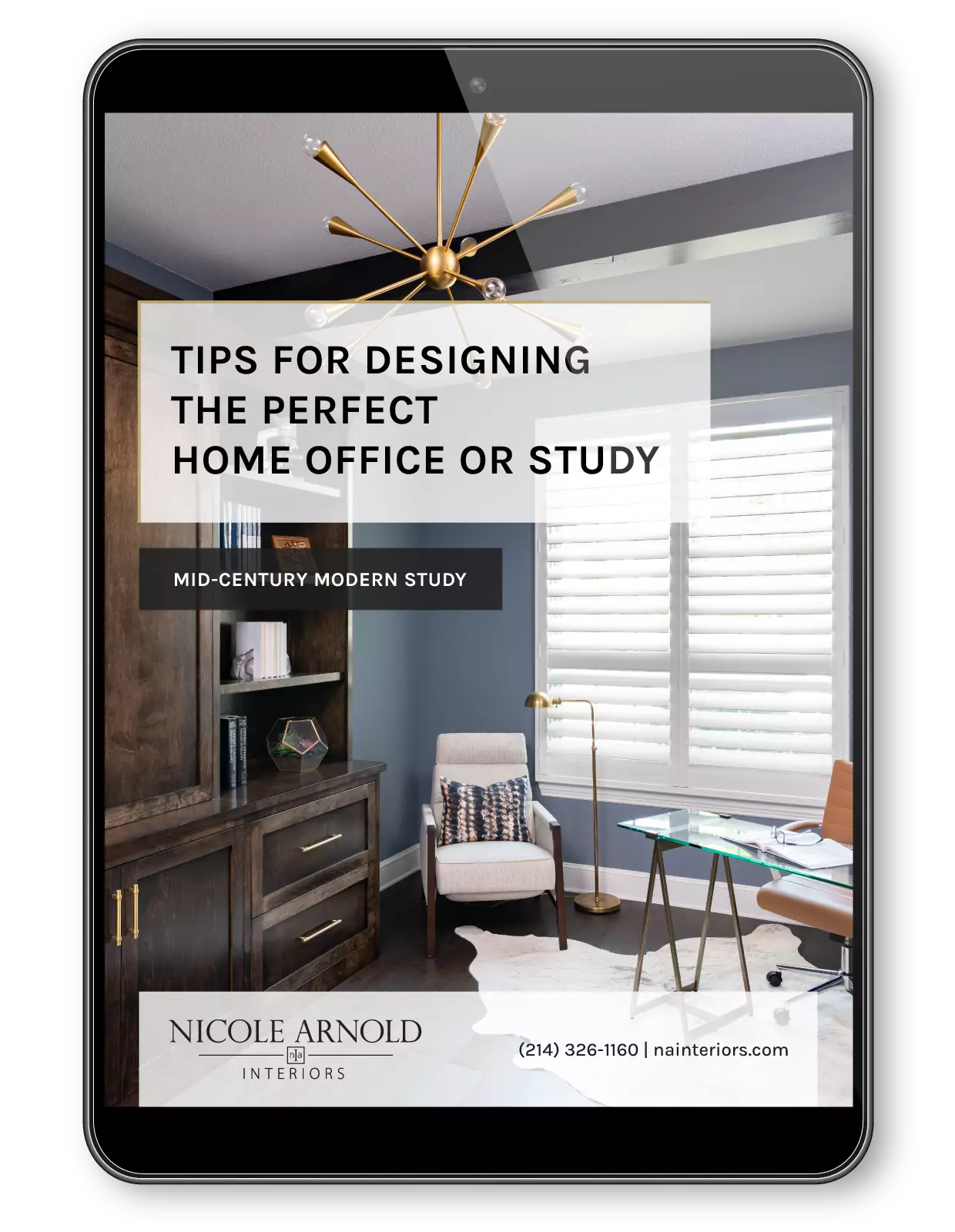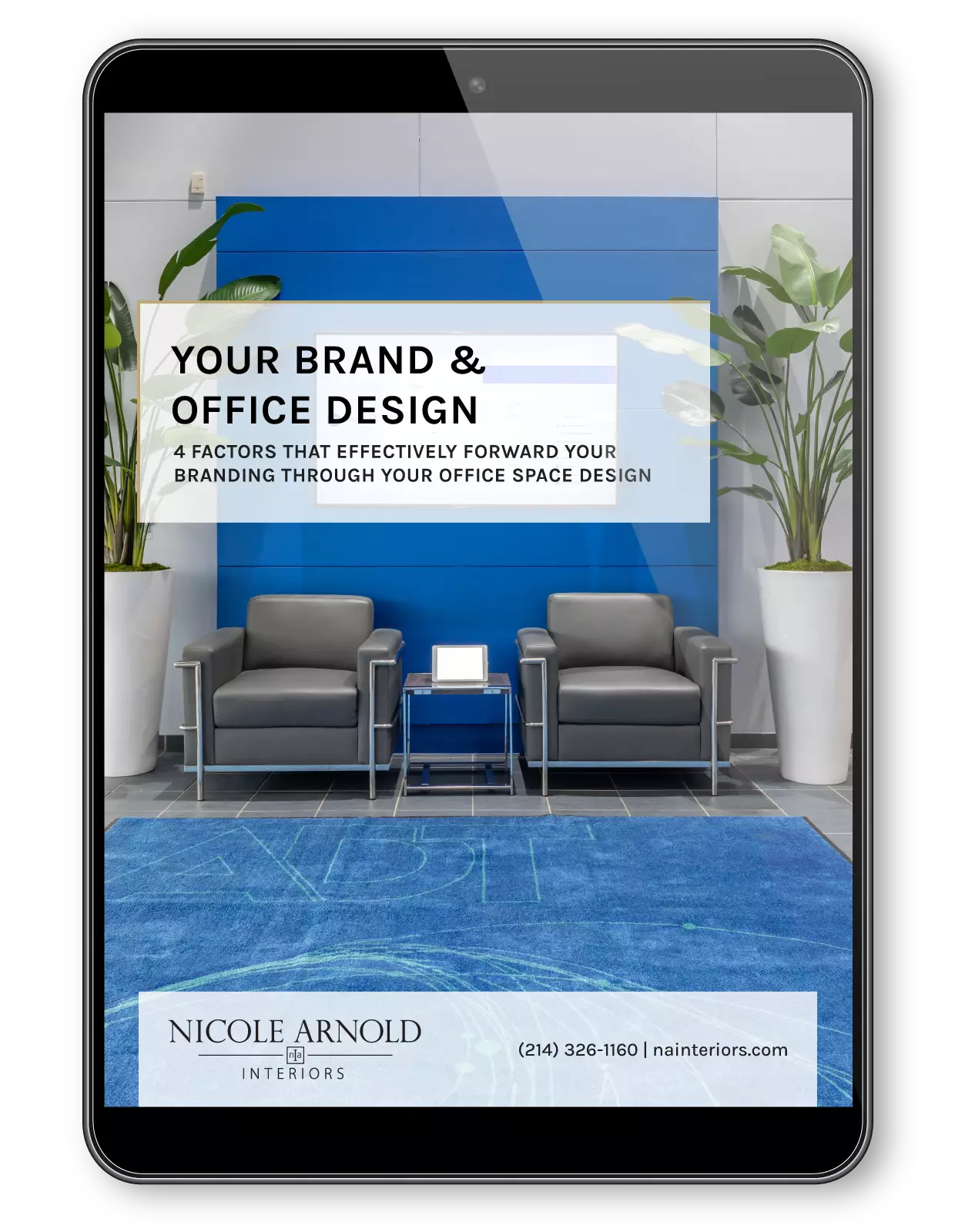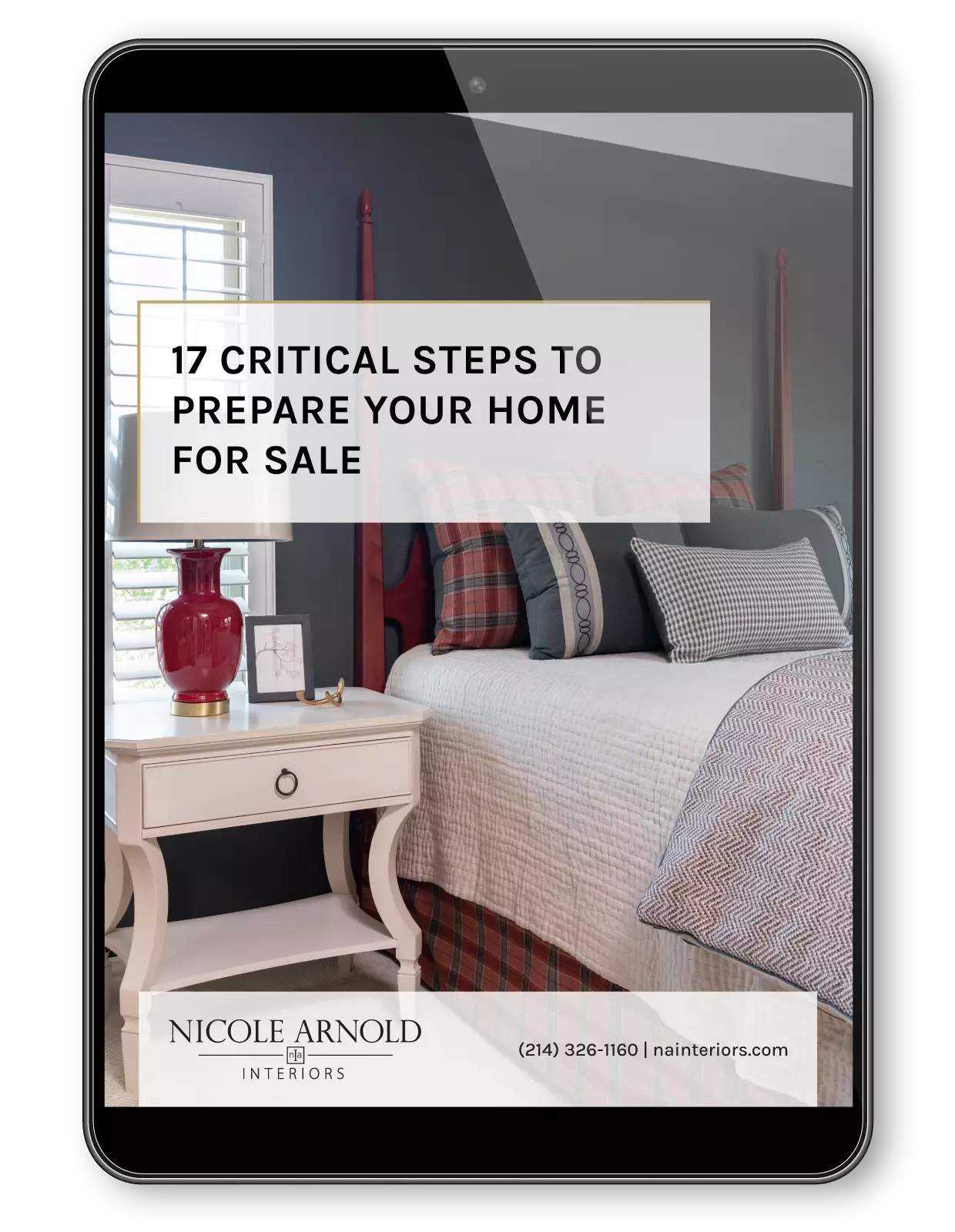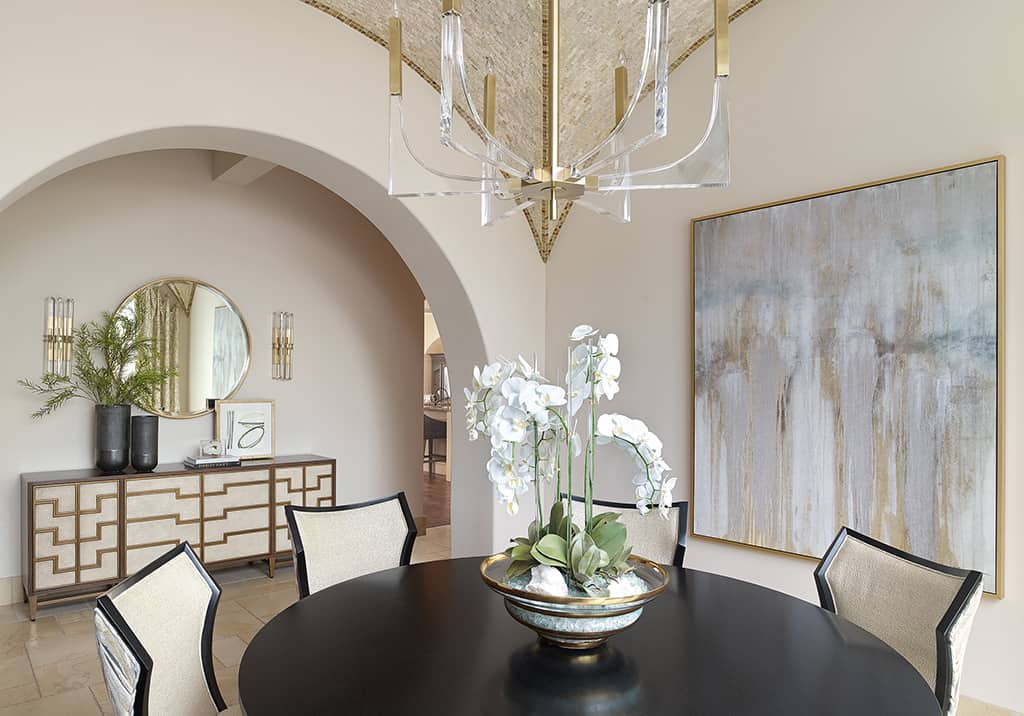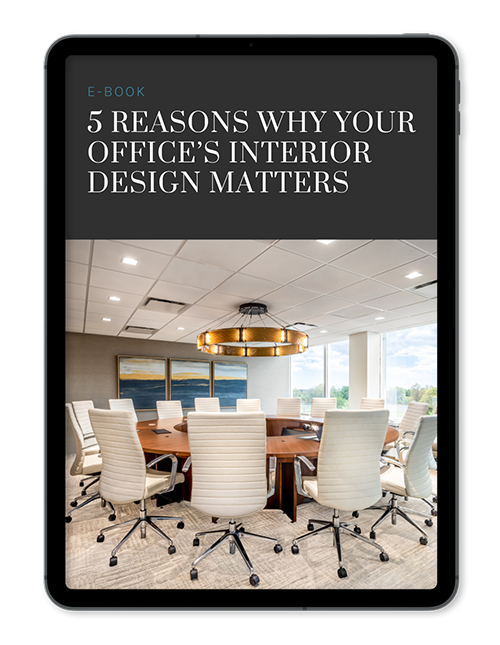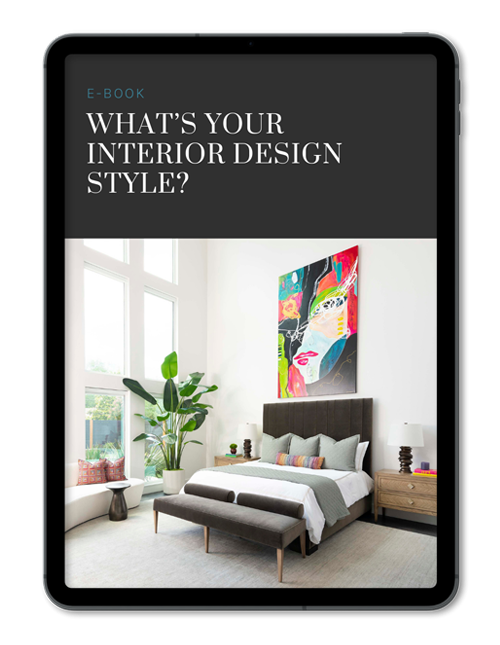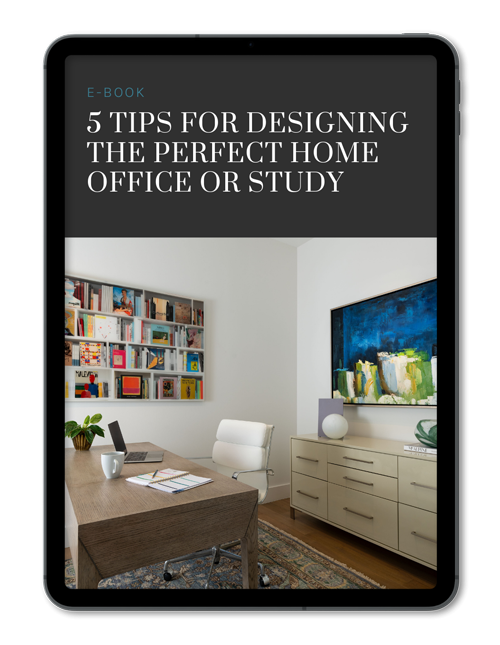When you meet with a Dallas designer for the first time, expect a thorough exploration of your design vision. The conversation will likely focus on your style preferences, budget, and lifestyle needs. You’ll discuss your likes and dislikes, which helps the designer understand your aesthetic. This initial meeting sets the foundation for a successful collaboration, laying out the path for your design journey.
One option to consider for professional guidance is Nicole Arnold Interiors, known for crafting personalized spaces that reflect individual tastes and lifestyles. Their expertise can enhance your interior design experience, ensuring that each element resonates with your vision.
As you engage in this dialogue, think about the key elements you want to prioritize to make your space truly yours. Whether it’s color schemes, furniture styles, or functional layouts, this foundational conversation will shape the design process to align with your goals.
Understanding Your Vision and Style
How do you envision your ideal space? Understanding your vision and style is vital for an effective collaboration with your designer.
Start by articulating your design inspiration—what colors, textures, and patterns resonate with you? It’s important to communicate your likes and dislikes clearly.
Don’t forget to share lifestyle needs, especially if you have children or pets; this helps in choosing durable materials.
Creating a mood board with images that inspire you can streamline the process and guarantee your designer captures your essence.
Discuss your preferred ambiance, including lighting temperature and avoiding excessive shine, to achieve a cohesive atmosphere.
Discussing Your Budget and Investment
Discussing your budget and investment is an essential step in the design process, as it shapes the direction of your project.
Before your first meeting with a Dallas designer, establish a clear budget to guide your decisions and align expectations.
Keep in mind that costs may exceed initial estimates due to factors like materials and custom designs. It’s wise to discuss any available incentives or financing options to manage your investment effectively.
Prioritize quality over quantity in your budget allocations; investing in well-designed elements enhances both aesthetics and functionality.
A skilled designer can help optimize your budget by highlighting key features and suggesting cost-effective alternatives, ensuring your vision remains intact without compromising quality.
Assessing Lifestyle Needs and Functionality
Once you’ve established your budget and investment goals, it’s time to think about how your space will function in daily life. Evaluating your lifestyle needs is vital for understanding how you’ll utilize your home.
Consider factors like pets or children; these can influence your material choices and furniture selections. If you frequently entertain or work from home, discussing these habits helps shape the layout and storage solutions.
Your designer might recommend performance fabrics for durability in high-activity areas, ensuring your space withstands daily wear and tear. By understanding the flow of your daily life, designers can create spaces that not only look appealing but also enhance functionality and comfort, making your home truly supportive of your lifestyle.
Articulating Likes and Dislikes
What do you truly love about design? Clearly articulating your likes and dislikes is vital for your interior designer to grasp your unique style.
Share specific color aversions, like a dislike for red, to help them avoid options that don’t resonate with you. Expressing preferences in furniture styles and textures aids the designer in crafting a cohesive vision tailored to your tastes.
Providing examples of designs you admire—whether from magazines or online platforms—can effectively convey your aesthetic and inspirations.
Exploring Material and Texture Preferences
After you’ve articulated your likes and dislikes in design, the next step involves exploring your preferences for materials and textures. Your material preferences will substantially shape the aesthetic and functionality of your space.
Consider options like natural fibers—cotton and linen—or luxurious textures such as crushed velvet and silk. If you have kids or pets, performance fabrics offer durability without compromising style.
Texture is key to creating visual interest; mixing smooth surfaces with textured elements adds depth to your design. Also, think about maintenance needs; washable fabrics work well in high-traffic areas.
Understanding your comfort level with different textures guarantees that your final design is inviting and aligns perfectly with your lifestyle, making your space truly your own.
The Importance of Open Communication
While beginning a design journey, open communication is essential for ensuring that your vision aligns seamlessly with the designer’s expertise. By sharing your likes, dislikes, and specific preferences, you empower the designer to develop concepts that truly reflect your personal style.
Regular feedback fosters a collaborative environment, allowing for adjustments based on your evolving ideas. Additionally, clearly articulating your lifestyle needs and functional requirements helps the designer choose the right materials and layouts to enhance your daily living experience.
Don’t forget to communicate budget constraints and expectations, as this transparency can help the designer optimize resources and avoid unexpected costs. Embrace open communication to create a design that feels uniquely yours and meets your practical needs.
Setting Realistic Expectations and Timelines
How can you guarantee your design project stays on track and meets your expectations? Start by discussing your project timeline upfront with your designer. This allows them to align their schedule and provide a realistic estimate based on the scope of work and material availability.
Designers typically recommend a timeframe of 6 to 12 weeks for extensive design projects, so setting realistic expectations for this timeline is vital. Clear communication about your desired outcomes and deadlines helps prioritize tasks and manage project milestones effectively.
Also, be prepared for potential delays due to unforeseen circumstances like supply chain issues. Establishing a collaborative relationship with your designer fosters open dialogue, making timely adjustments easier throughout the design process.
Preparing for the Design Journey Ahead
Starting on your design journey can feel both exciting and overwhelming, but preparation is key to setting the stage for success.
To prepare for your first meeting with a Dallas designer, gather inspiration by creating a mood board or saving images that reflect your style preferences.
Make a list of specific needs and wants for your space, considering how it will be used daily.
Measure your room dimensions and create a basic floor plan to share with your designer.
Don’t forget to clearly communicate your budget, as this will guide their suggestions.
Finally, articulate your personal style by identifying your favorite colors and textures, ensuring your designer captures your vision perfectly.
Embracing Collaboration With Your Designer
Collaboration with your designer is essential for bringing your vision to life, as it guarantees that both your needs and the designer’s expertise come together seamlessly.
In your first meeting, clearly communicate your style preferences and lifestyle needs to make certain the designer understands your vision. Bringing a prepared moodboard or collection of design inspirations can facilitate productive dialogue and help convey your aesthetic.
Don’t forget to discuss your budget constraints; this allows the designer to tailor their suggestions accordingly. Providing feedback throughout the design process fosters a collaborative environment, making sure adjustments align with your expectations.
Trusting the designer’s experience can lead to innovative solutions that enhance both the functionality and beauty of your space, creating a successful partnership.


